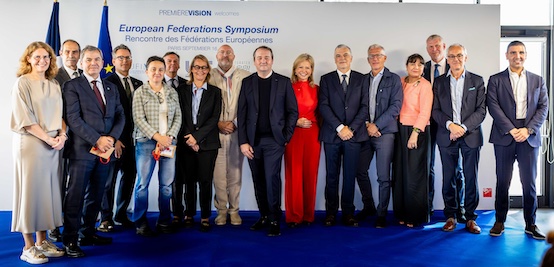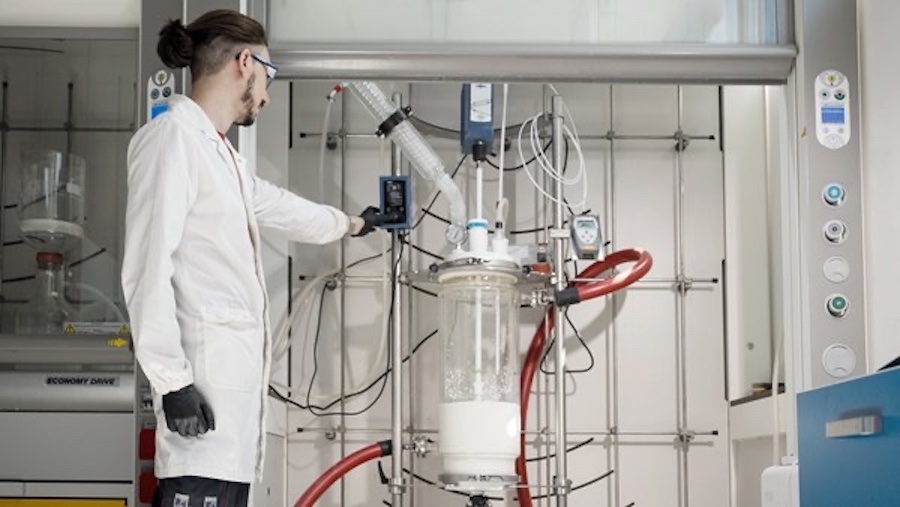#Recycling / Circular Economy
EURATEX calls for a competitive and harmonised Circular Economy Act For Textiles

A Simplified and competitive circular single market for textiles
In its 4-page position paper, EURATEX outlines a clear vision: the Circular Economy Act must simplify, not multiply, the regulatory landscape for textiles. The new legislation should create a level playing field across the EU, reducing administrative complexity and supporting sustainable innovation.
The proposal aligns with the Draghi Report on European Competitiveness, emphasizing that circularity and competitiveness must go hand in hand. For the textile and clothing sector—dominated by small and medium-sized enterprises—predictable, harmonised rules are crucial to enable investment, innovation, and growth.
Key recommendations by EURATEX
EURATEX identifies four priorities to ensure the Circular Economy Act delivers tangible results for both sustainability and industry:
1. Harmonise Extended Producer Responsibility (EPR) Schemes
EURATEX calls for a single, EU-level EPR framework with aligned eco-modulation criteria, clear governance principles, and a centralised One-Stop Shop registration system. This harmonisation will prevent fragmentation into multiple national systems and reduce unnecessary administrative burdens.
2. Facilitate the Use of Textile By-Products
The classification of textile cuttings and other by-products should be simplified to recognise them as secondary raw materials, not waste. This would unlock new opportunities for recycling and circular innovation within the EU, while reducing costs and delays caused by complex waste regulations.
3. Adopt Harmonised Green Public Procurement (GPP) Criteria
Public procurement can play a key role in driving demand for sustainable textiles. EURATEX recommends that the Commission develop harmonised, practical, and SME-accessible GPP criteria, focused on durability, recyclability, and reparability—without compromising product performance.
4. Avoid Additional Administrative Burdens and Reporting Overlaps
The Circular Economy Act must integrate existing reporting systems (such as under the Ecodesign Regulation or Waste Framework Directive) to avoid duplication. EURATEX stresses the importance of regulatory coherence and efficient market surveillance across Member States.
Creating the Conditions for a Circular Textile Economy
Beyond these four priorities, EURATEX also highlights complementary measures to foster a truly circular economy:
- EU-wide End-of-Waste criteria for textiles to support recycling and reuse;
- Circularity hubs to enable regional collaboration in sorting, repair, and reindustrialisation;
- Fiscal incentives such as VAT reductions for recycled materials to promote circular products.
Conclusion
EURATEX urges the European Commission to ensure that the Circular Economy Act becomes a cornerstone for a competitive, sustainable, and harmonised single market for textiles. By reducing fragmentation, supporting SMEs, and providing regulatory stability, the CEA can help Europe lead the global transition toward circularity in textiles.
+++ Read the full EURATEX Position Paper on the Circular Economy Act:
https://euratex.eu/wp-content/uploads/Position-Paper-on-Circular-Economy-Act.pdf















